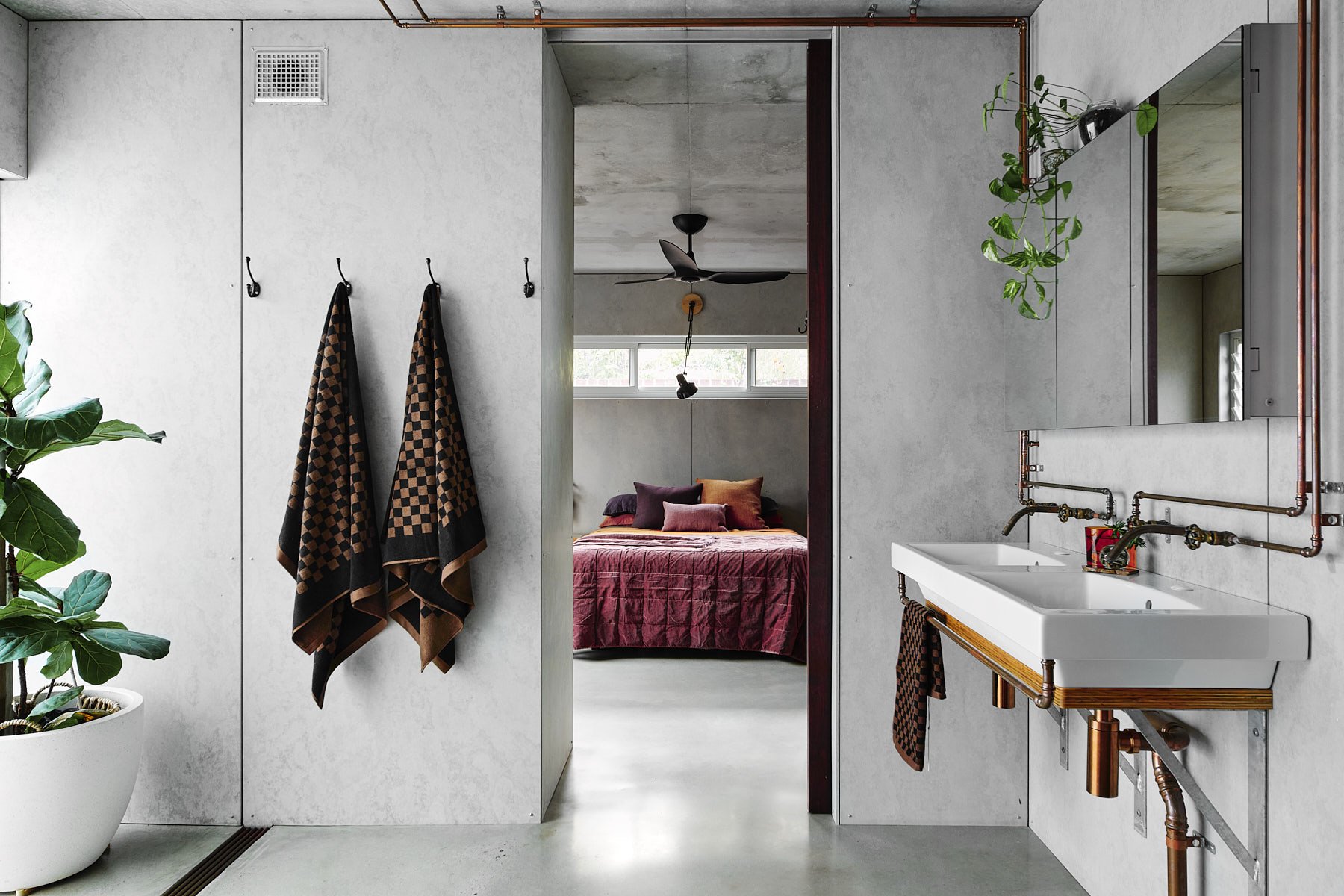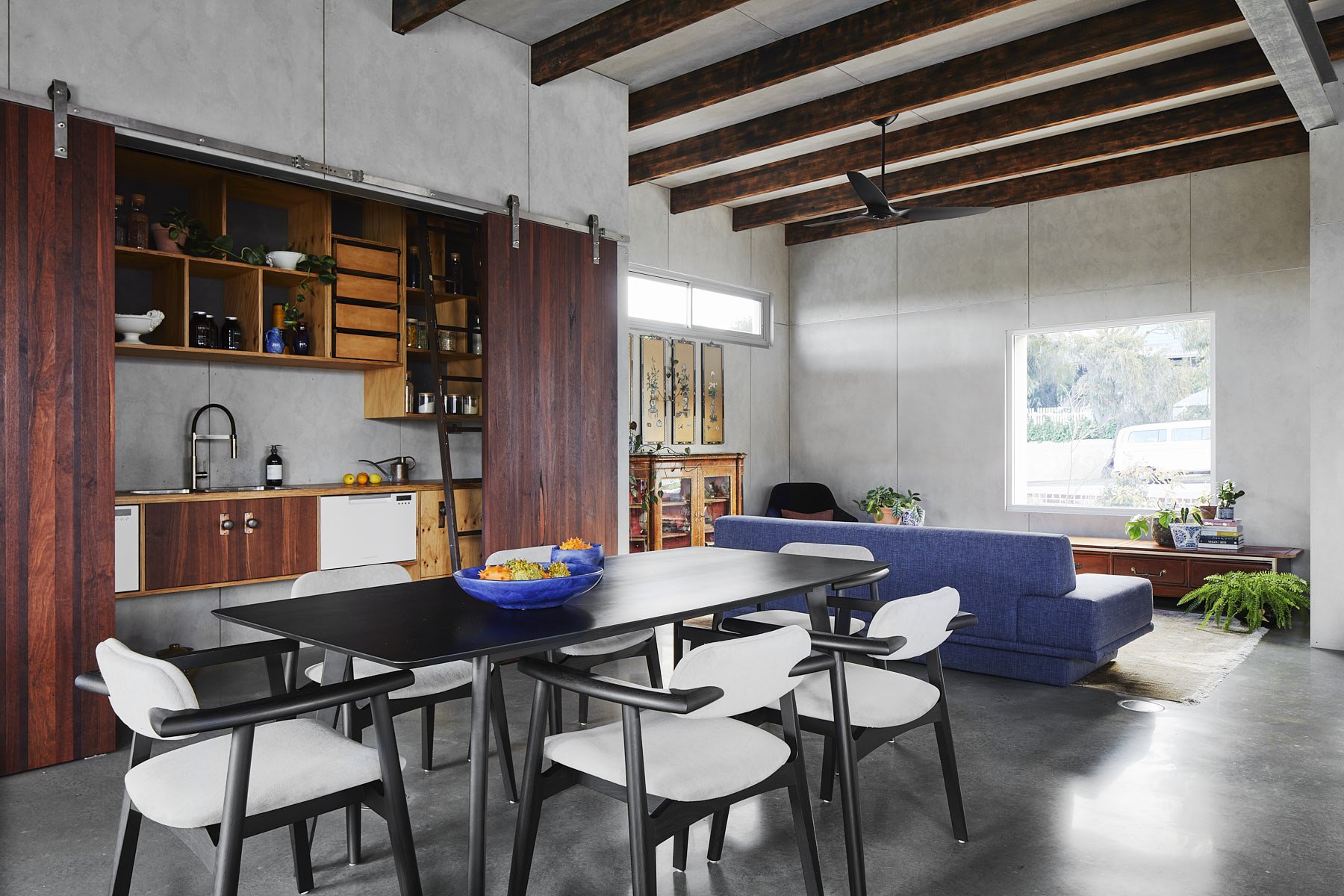City Farm by Arklen at East Fremantle. Images: Peter Ellery Photography.
Building a waterwise home is a fantastic way to reduce your environmental footprint, futureproof your property and even save on your utility bills.
Aside from including water-efficient appliances, there are a few design steps you can take at the planning stage to create a home which gets the most out of every drop.
According to Water Corporation Demand Delivery Manager Damien Postma, water sustainability in a new home build starts well before the first brick is laid.
“One of the first considerations should be where you are planning to build, and this will be influenced by whether it is a new build or a renovation,” he said. “For people looking to buy within a new development, Water Corporation recommends seeking out a Waterwise Development or one accredited with one of the other key environmental accreditations such as EnviroDevelopment or Green Star.”
Another major consideration is how you design your outdoor areas.
“This area is often an afterthought but can be a key aspect of heating and cooling, which can make a home more sustainable through summer shading,” Mr Postma said. “We also recommend hydrozoning areas of plants with different watering needs to ensure only the right amount is applied in each zone.
“Irrigation is generally in place for 20-plus years and gets hard to adjust as plants mature, so there is real value in getting this right from the outset.” As far as the operation of your home, greywater and rainwater systems are effective ways to reduce water waste.
Arklen General Manager Owen Valli said a greywater system was a great way to reduce the load on mains water use and also provide a year-round irrigation solution.
“In both design and construction, this requires thought in running separate wastewater drains,” he said. “The toilets and the kitchen sink always run to the sewer main while all other fixtures in the home, including the bath, the shower, the washing machine and the laundry trough, run on a separate drain that can be captured to irrigate the landscape.”
Mr Valli said greywater systems generally did not take up any potential home space.
“These systems are typically located in the ground, so with some early mapping and consideration to the landscaping, they don’t impede on useable space on the site – they simply need to be accessible for servicing,” he said.
For a rainwater system, Mr Valli said people often thought of freestanding rainwater tanks but a great solution was the in-ground type.
“These systems include a failover, so if for some reason you didn’t require the water capacity, the excess water will divert to your home stormwater system,” he said.
Mr Valli said an Arklen project in East Fremantle was the perfect example of using these systems.
“We utilised both systems to irrigate the property dubbed ‘City Farm’,” he said. “You can practically live off the land through permaculture on the block.”



